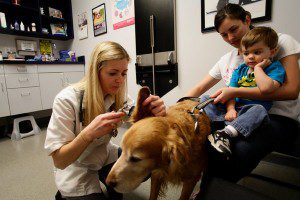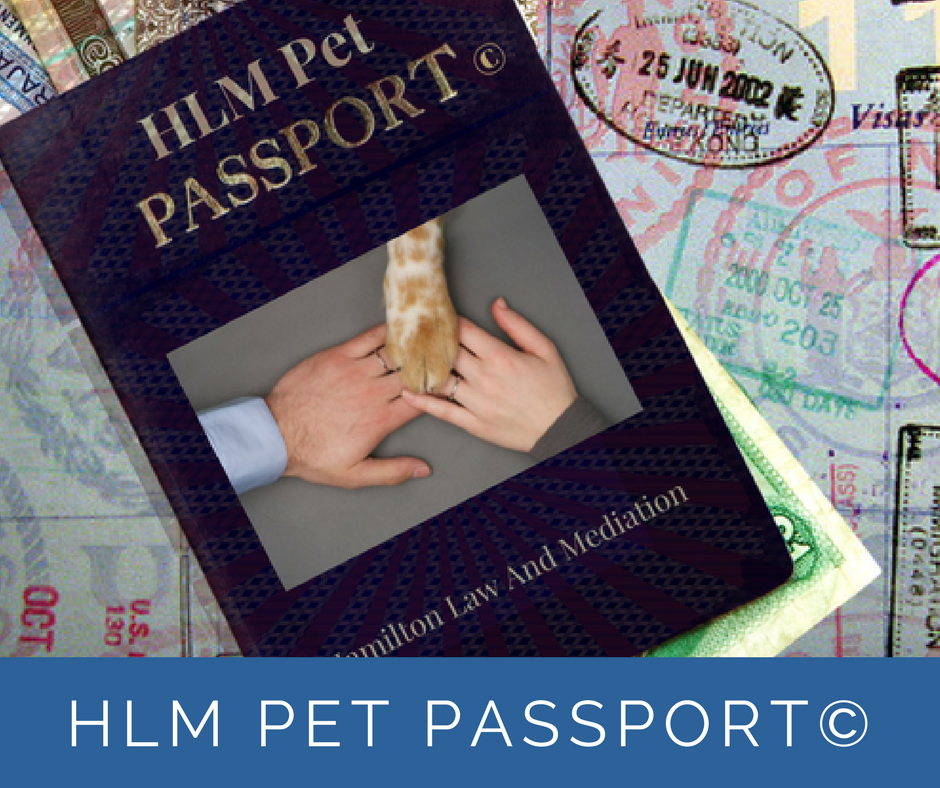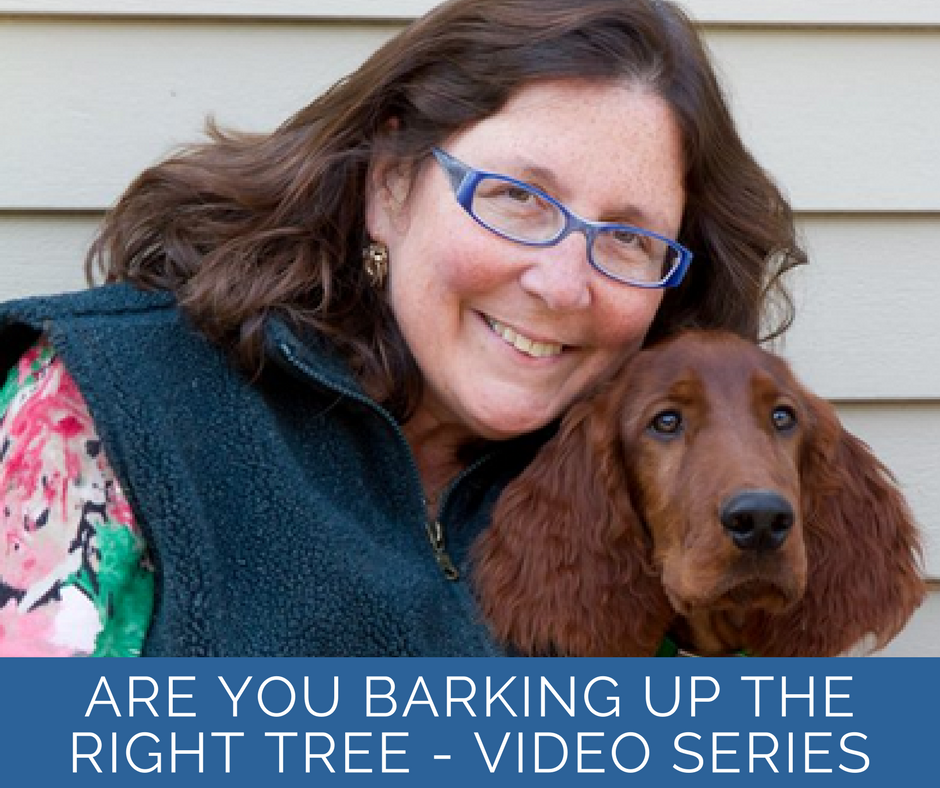Avoid the Conflict-Keep the Client
 |
|
Dr. Hayley Schafer examines Cabo,
who is owned by Brittany LaMarche
and her son Gage, at Caring Hearts Animal Clinic in Gilbert, Ariz
|
In the New York Times, Sunday Business section for February 23, 2013, two and a half pages of coveted news space was given over to a topic near and dear to my heart, Vet Debt! The article explained, in vivid detail, how veterinarians graduate from school in debt, often in amounts 3x their starting salary. This is the cost of following their passion and reaching the coveted title, Doctor of Veterinary Medicine. These students, soon to be doctors, are a rare breed. They choose to treat patients who cannot speak to them and tell them of their ills. Rather, they must rely on an emotional human guardian to convey important observations and information about the non-human patient before a diagnosis can be made.
Vets are often better observers and listeners than communicators. This is their strength in diagnosing their non-human patients. It may, however, be an impediment to their interaction with the patient’s human guardian. Vets often run the risk of inciting conflict because they can be seen as un-responsive to their client’s emotional caregivers. These caregivers/guardians are often offended by a veterinarian’s bedside manner. From those feelings and perceptions a conflict can blossom.
With the debt described in the NY Times article, a vet’s credit rating cannot afford the loss of a client over miscommunication. The application of old-fashioned communication methods, in a new way, will give vets a leg up on keeping their current clients informed and happy. These happy clients willingly are an unpaid sales force, encouraging other pet owners to come over to the light side! This can be the difference between just surviving as a vet or becoming the practice everyone envies.
Last week I taught a new class called, “Vetting the Conflict” to students at Colorado State University – Veterinarian School (CSU) in Fort Collins, Colorado. The course examines a new way of speaking proactively to your clients about conflict in a way that keeps them as clients and makes the vet the ‘go-to’ practitioner they aspire to be. Given the debt/ratio economic scenario, learning how to avoid/address conflict, keep clients and have a steady stream of new clients coming into the practice is key to remaining profitable and meeting debt load post graduation.
This 3-hour program does not run from or ignore conflict. It grabs conflict by the horns and deals with it. It teaches life and practice skills to budding veterinarians. Learning alternative conflict resolution (ACR) techniques will enable veterinarians to identify potential or festering conflict in its early stages. Engaging in a proactive non-confrontational dialogue often leads to a resolution while the conflict is still a blip on the radar. It also teaches them methods for taking a step back in order to re-engage an already enraged client.
I was honored to have the opportunity to teach third year students the art of speaking to their clients in conflict. This topic was a perfect addition to the triangle of conflict conversations already part of the fabulous business practice curriculum at CSU led by Dr. Christine Hardy along with Dr. Jane Shaw’s Argus program. “Vetting the Conflict” taught CSU vet students, faculty and local veterinarians the benefit of implementing ACR to their bottom line.
Proactively collecting feedback from their clients provides the necessary information to utilize their ACR toolbox. They can then affect a practice-wide check and balance so an immediate response to a misunderstanding or disagreement can be made. These responses use the more effective language of ACR when opening a dialogue between doctor and client. A new meaning for Stop, Drop & Roll helped them address highly agitated clients in conflict, retain those clients and avoid costly litigation.
The “Vetting the Conflict” seminar also fit beautifully into the Argus curriculum at CSU. Dr. Shaw spends several semester modules teaching new vets how to speak and listen to their human clients as they relay the symptoms or behavior changes observed about their non-human patients. Dr. Shaw provides continuing education training to experienced veterinarians as well. She created the Argus program to help veterinarians better serve their mute patients. Her students, both in school and in practice, come to see the importance of communication at such stressful times. They learn how to be more careful listeners, speakers and thinkers. Their inquiry is fine tuned with a view toward compassion. They ask questions, engage their clients in the process and really listen to their answers. These doctors learn a more general and gentler probing technique that enhances their ability to find out all kinds of information about the patient, enabling them to deliver a more appropriate diagnosis.
My “Vetting the Conflict” presentation, taken along with the Argus Institute and Business Curriculum at CSU, gave both new and old vets clearer insight into their own preconceived bias’ and perceptions. They recognized some of their responses didn’t work and implemented new ones. After our work together these veterinarians were true believers in the benefit of early intervention of alternative conflict resolution practices.





